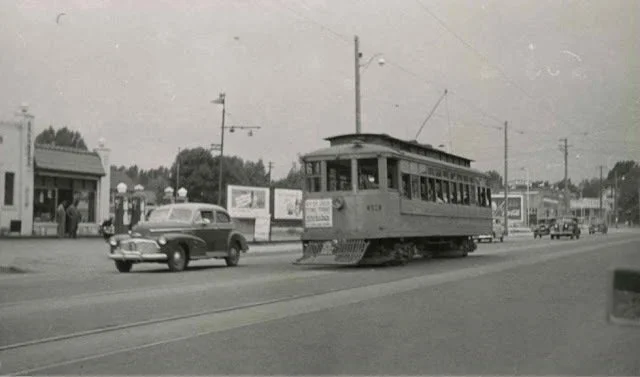THE HISTORY OF EAST COLFAX
Our elected officials shape the policies and decisions that affect life in East Colfax—from local zoning to statewide programs. As our neighborhood continues to grow and evolve, it’s important that we stay informed, stay involved, and hold our leaders accountable.
We encourage neighbors to reach out, ask questions, and build relationships with the people who represent us. Change starts with connection—and it’s how we make sure East Colfax has a seat at the table.
Our Neighborhood History
East Colfax has always been a place where people come to build something—lives, homes, businesses, community. But long before settlers arrived, this land belonged to the Ute, Cheyenne, and Arapaho peoples. They lived, traveled, and thrived here until they were forced to leave by waves of colonization and violence. While we can never fully understand the loss they experienced, we recognize it—and we continue to ask what repair and remembrance should look like today.
To honor that legacy, the East Colfax Neighborhood Association maintains a reparations fund for Indigenous communities. We invite our neighbors to join us in that commitment.
You've heard stories about Colfax.
You have memories of Colfax.
Now, discover why Colfax is... well, the way Colfax is!
from Trails to Towns (1858–1902)
When gold was discovered just a few miles south of here in 1858, thousands of settlers came rushing in—many along a dirt trail that would become East Colfax Avenue. What started as a wagon route connecting Denver to Kansas soon grew into a corridor dotted with farms, homes, and possibility.
By 1900, Montclair (now part of East Colfax) had just 88 homes—but also a zoo, art gallery, college, and even a military school. Marching paths from those early institutions can still be seen today in the curves of Richtofen Place.
The Streetcar Era & a Growing Community (1900s–1930s)
Streetcars once rolled down East Colfax, linking downtown Denver to the then-town of Fletcher (now Aurora). Life was quieter back then—you could still see clear to Fitzsimons Army Hospital (now home to the Anschutz Medical Campus) from the eastern edge of the neighborhood, and kids hunted rabbits in the open fields beyond Wabash.
Neighbors cared for one another in ways big and small. A group called the Greeters of America built a home here for sick or struggling hotel workers in 1922. Nearby, the Ex-Patients Tubercular Home provided care—and fresh milk, thanks to a barn full of cows.
This was a neighborhood where people looked out for each other, and that spirit continues today.
Airfields, Industry & Post-War Growth (1930s–1950s)
The opening of Stapleton Airport in 1929 and Lowry Air Force Base in 1937 brought jobs and transformation. After World War II, a wave of new homes filled in the blocks around Colfax. Between 1949 and 1954, many of the single-family houses you see today were built to serve military families, airfield workers, and Denver’s growing population.
East Colfax was also a commercial hub. Between Ulster and Uinta, neighbors shopped at dry goods stores, grabbed haircuts, and ran errands along a vibrant main street. Some businesses came and went—others, like Hangar Bar (est. 1938 by two women, Luella and Eulalia, now home to East Fax Tap), have become local legends.
Change, Challenge & Resilience (1960s–1990s)
As transportation shifted from Colfax to I-70, and Denver’s airfields eventually closed, the neighborhood was hit hard. Lowry shut down in 1994, followed by Stapleton in 1995. Those closures meant a loss of over 7,000 jobs and nearly $300 million in annual economic activity. Local businesses struggled. Motels and storefronts emptied. The corridor dimmed.
But even in those years, the people of East Colfax stayed connected—running small businesses, raising families, keeping the lights on in every sense of the word.
Rebirth & What Comes Next (2000s–Today)
In the early 2000s, change began again—this time with the redevelopment of Stapleton and Lowry. New housing brought new neighbors, and East Colfax began to reemerge as a place of opportunity and creativity.
Many long-standing businesses continue to anchor the neighborhood:
Hangar Bar – 77 years
West Auto Body – 67 years
Dairy Queen – 65 years
Montclair Animal Clinic – 39 years
State-Wide Lock & Safe – 33 years
Trailer World – 50 years
Today, East Colfax remains one of Denver’s most culturally diverse corridors—home to immigrants, artists, entrepreneurs, and families who’ve been here for generations. It’s a place full of movement, memory, and momentum.
We’re proud of where we’ve been, and even more excited for what’s ahead.
Sharon M., third-generation East Colfax resident
“My great-grandparents bought their house here in the 1940s. We’ve watched the street change, but the sense of community never left.”
Marisol T., neighbor and volunteer
“Even when things got hard, people here never gave up. We showed up for each other—with food, rides, childcare, whatever it took.”
“Back then, everyone knew each other. You’d walk into a shop and hear five languages before you even made it to the register.”
Luis V., longtime business owner
DeShawn R., new resident and community organizer
“It’s the kind of neighborhood where the barista knows your name, your kids play with their friends down the block, and you feel like you’re part of something.”
OLDEST STRUCTURES IN EAST COLFAX
These walls remember.
Scattered throughout East Colfax are homes and buildings that have stood through streetcars and airfields, migrations and reinventions. They hold the stories of families, small businesses, and everyday life that shaped this neighborhood long before most of us arrived.
We honor these places not just for their age, but for their role in the living history of East Colfax—a reminder that our present is built on the strength and spirit of those who came before us.

1908 Quebec Street (Built in 1886)

1794 Xenia Street (Built in 1889)
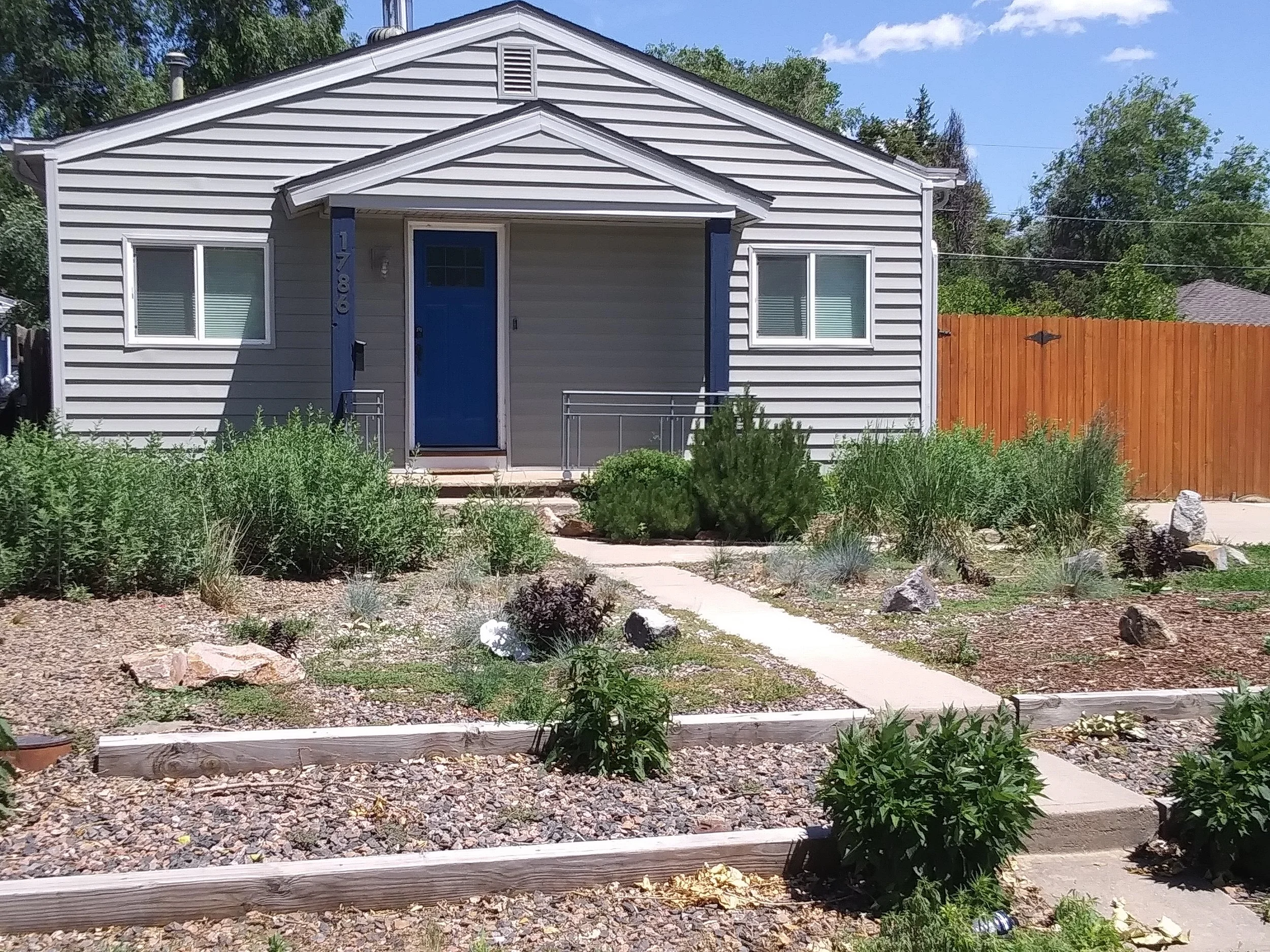
1786 Xenia Street (Built in 1889)
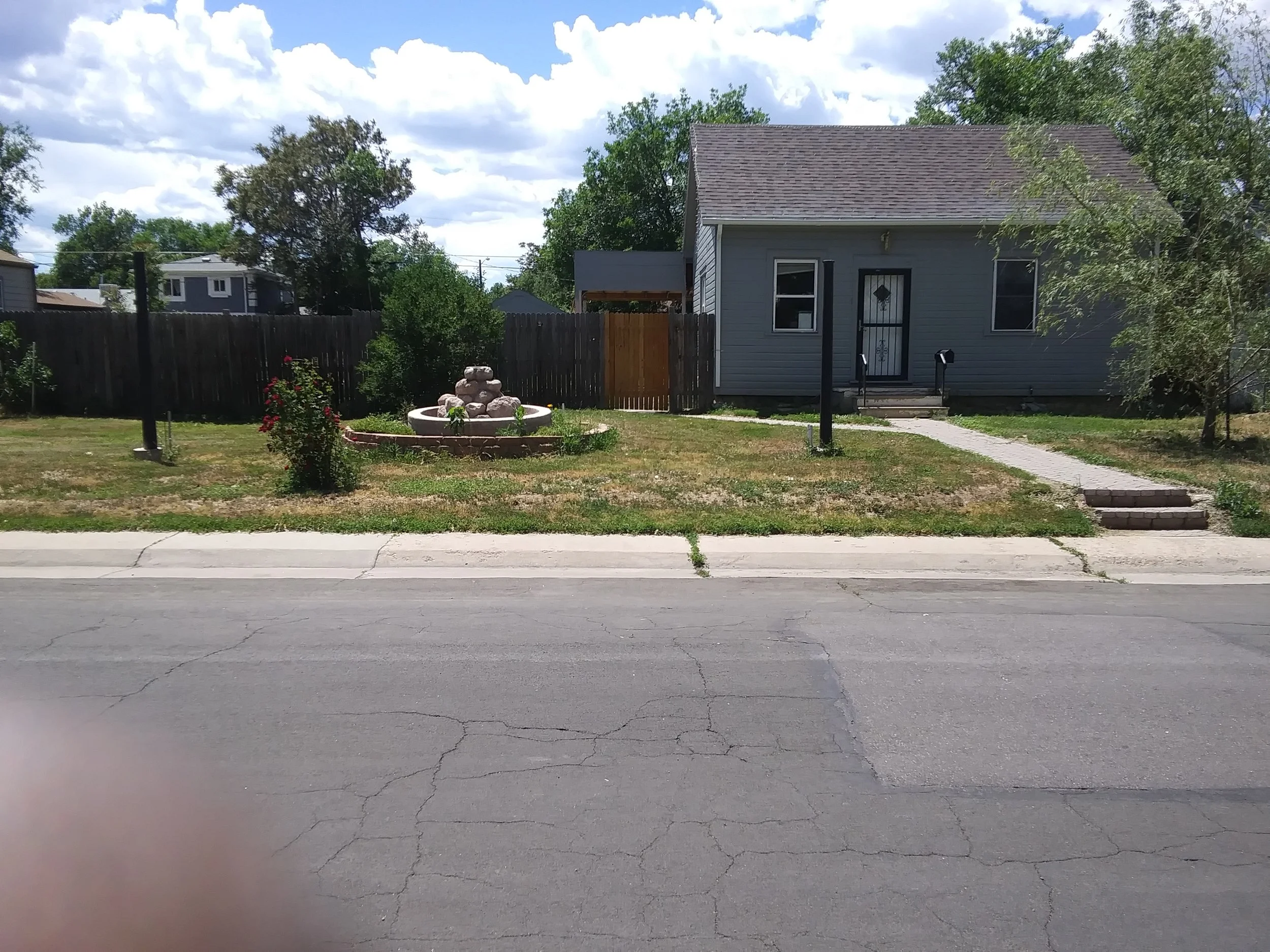
1965 Verbena Street (Built in 1889)
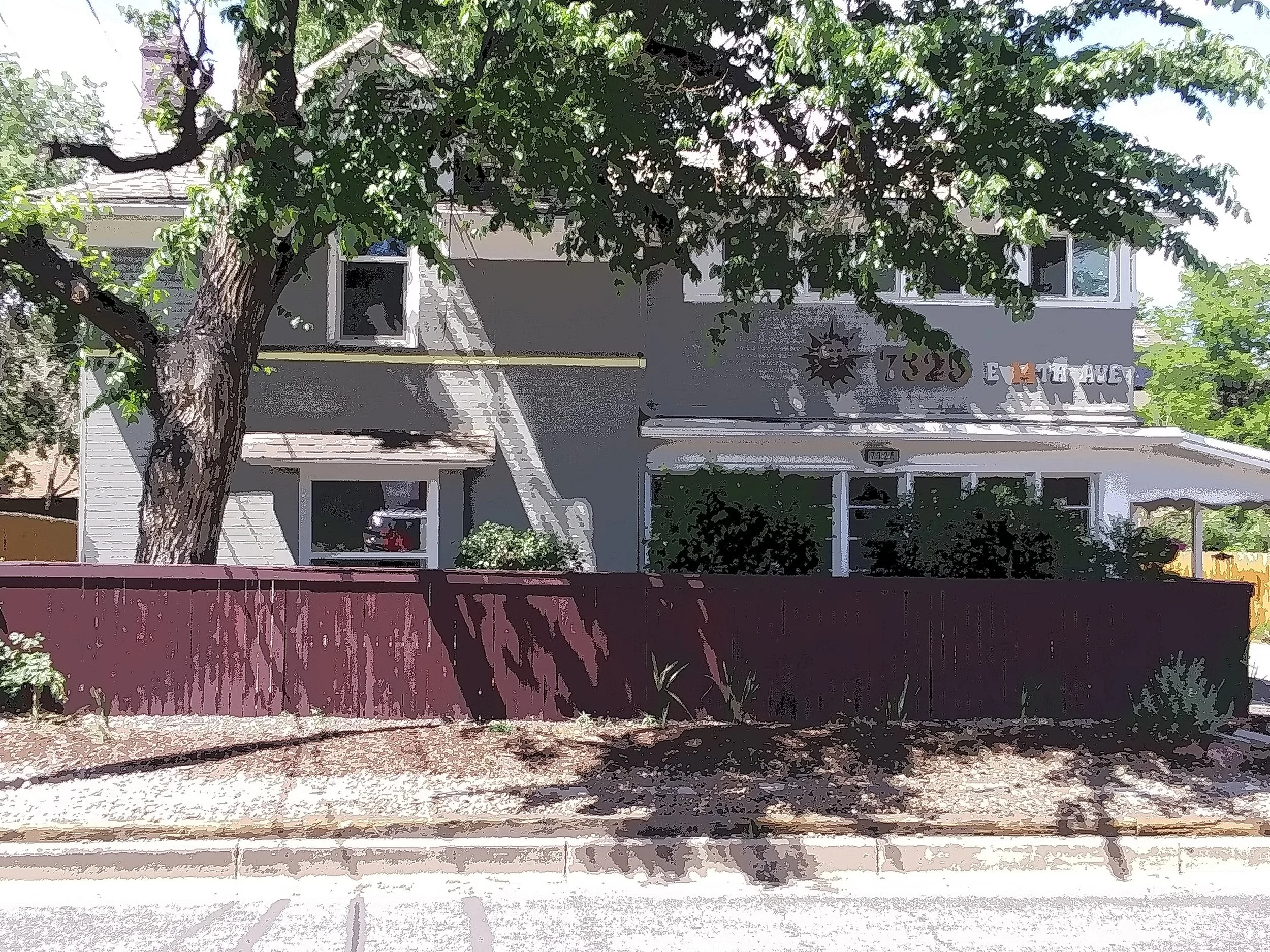
7325 East 14th Ave (Built in 1889)

7400 East 17th Avenue (Built in 1891)
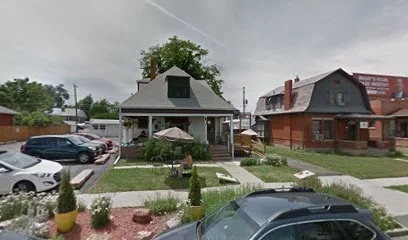
1449 Quince Street (Built in 1893)

1721 Quince Street (Built in 1896)

1743 Ulster Street (Built in 1901)
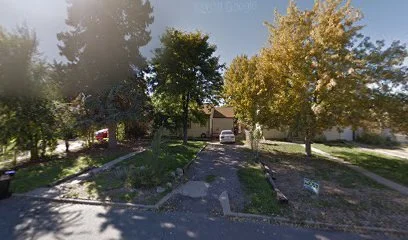
1749 Ulster Street (Built in 1906)

1465 Roslyn Street (Built in 1910)
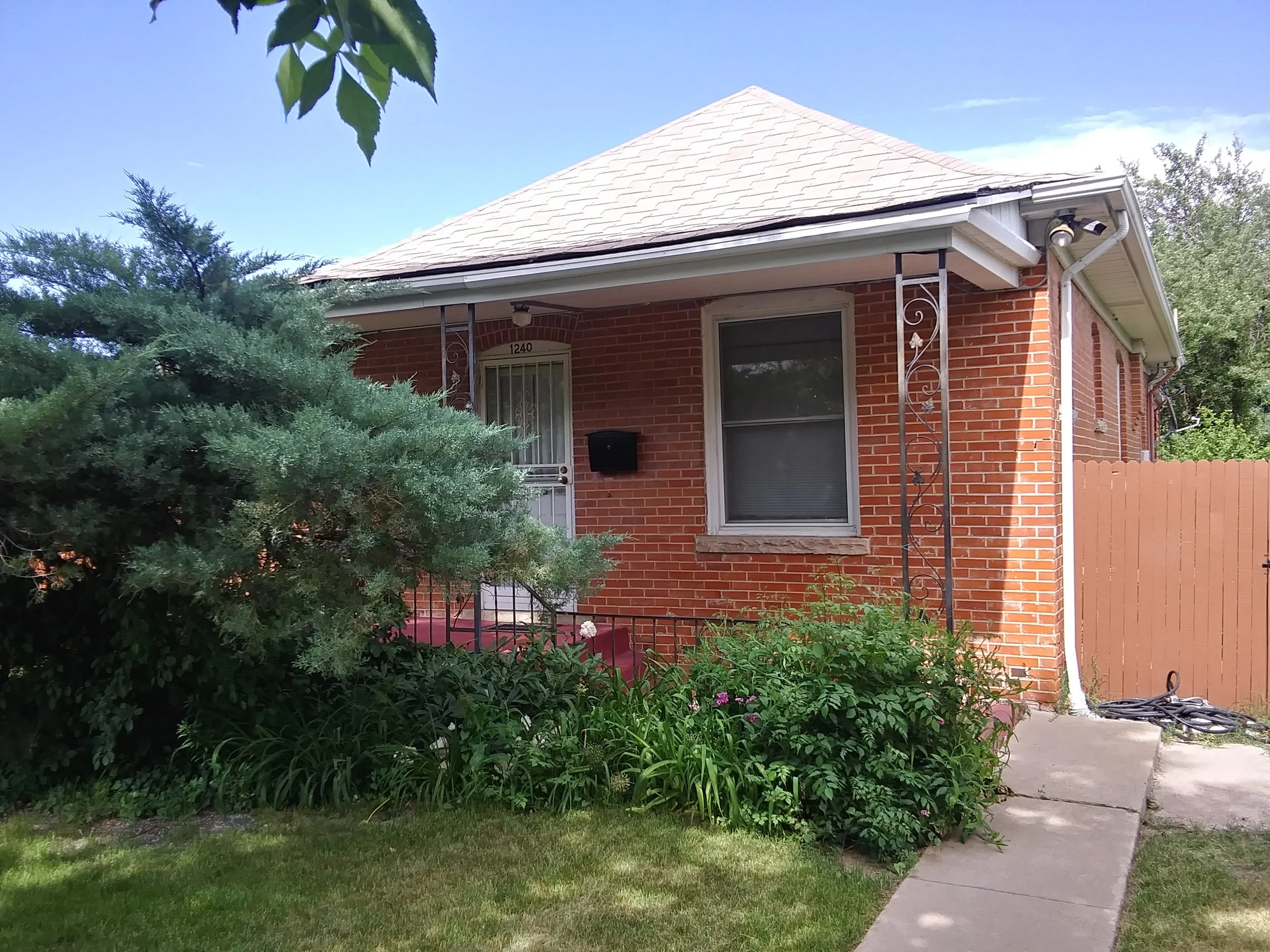
1240 Syracuse Street (Built in 1910)

1450 Roslyn Street (Built in 1910)

1154 Verbena Street (Built in 1910)

1188 North Quince Street (Built in 1910)

1339 Quince Street (Built in 1911)

1665 Rosemary Street (Built in 1911)
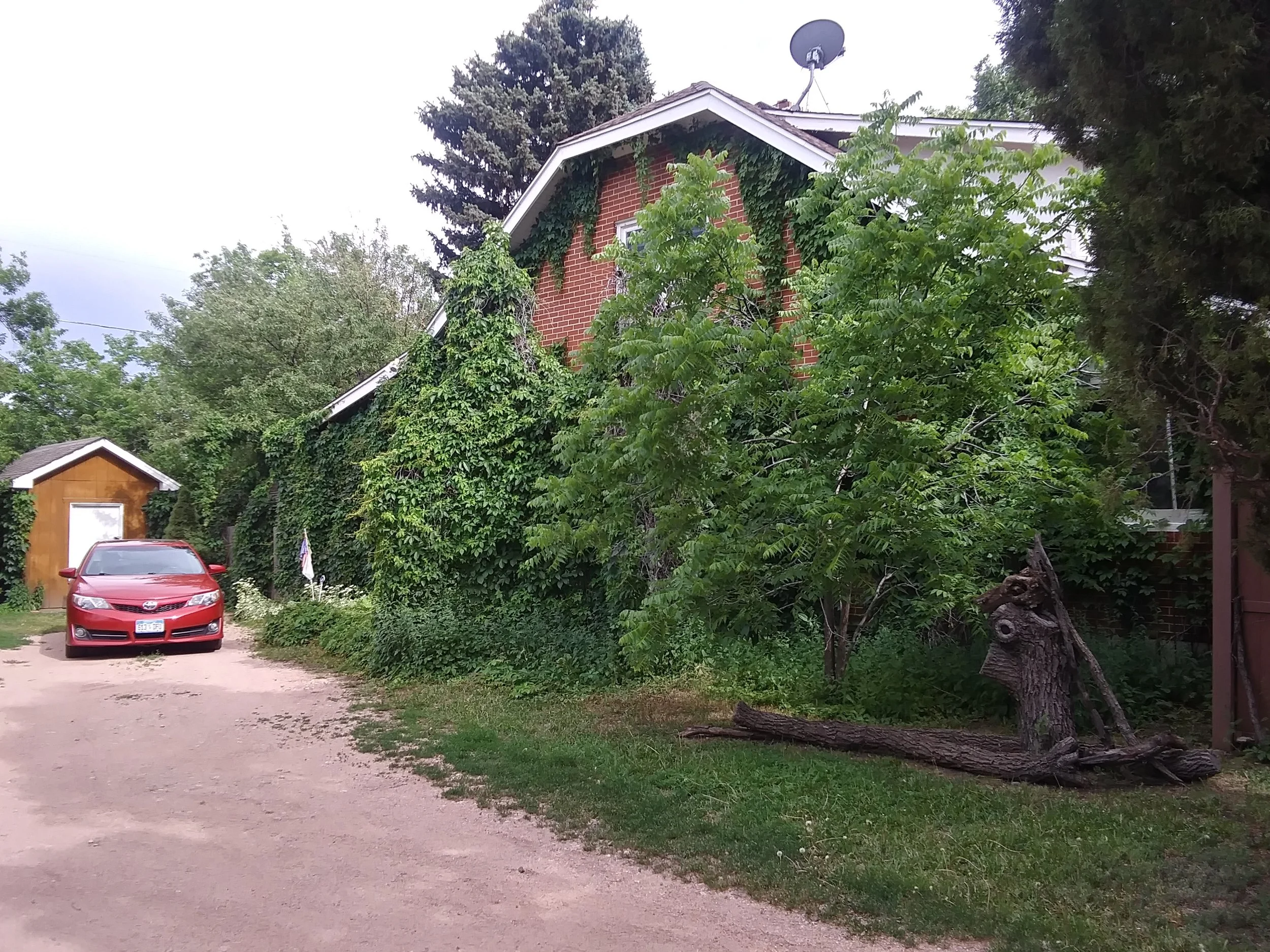
1356 Quebec Street (Built in 1912)
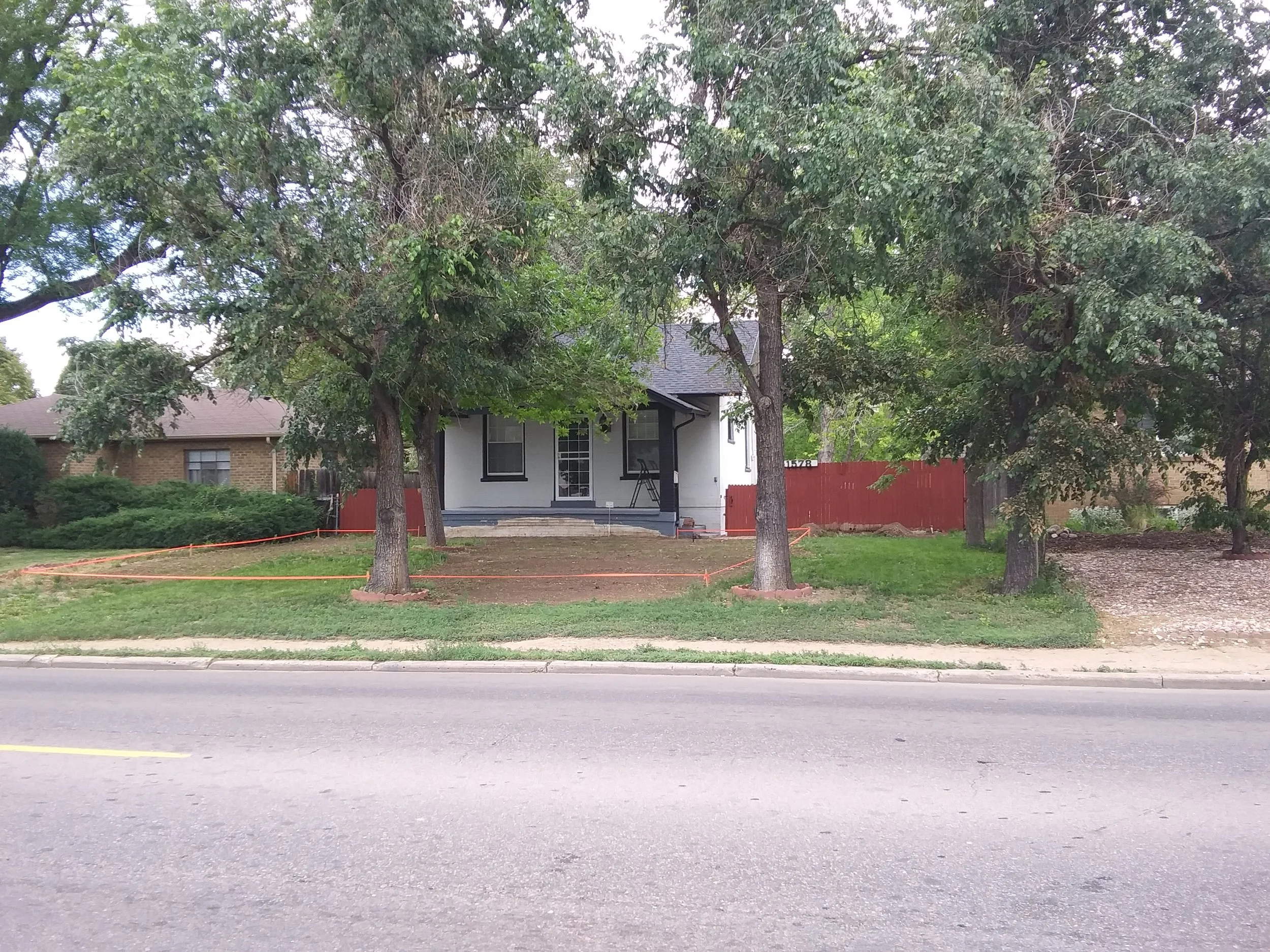
1578 Quebec Street (Built in 1912)

1218 Uinta Street (Built in 1913)





